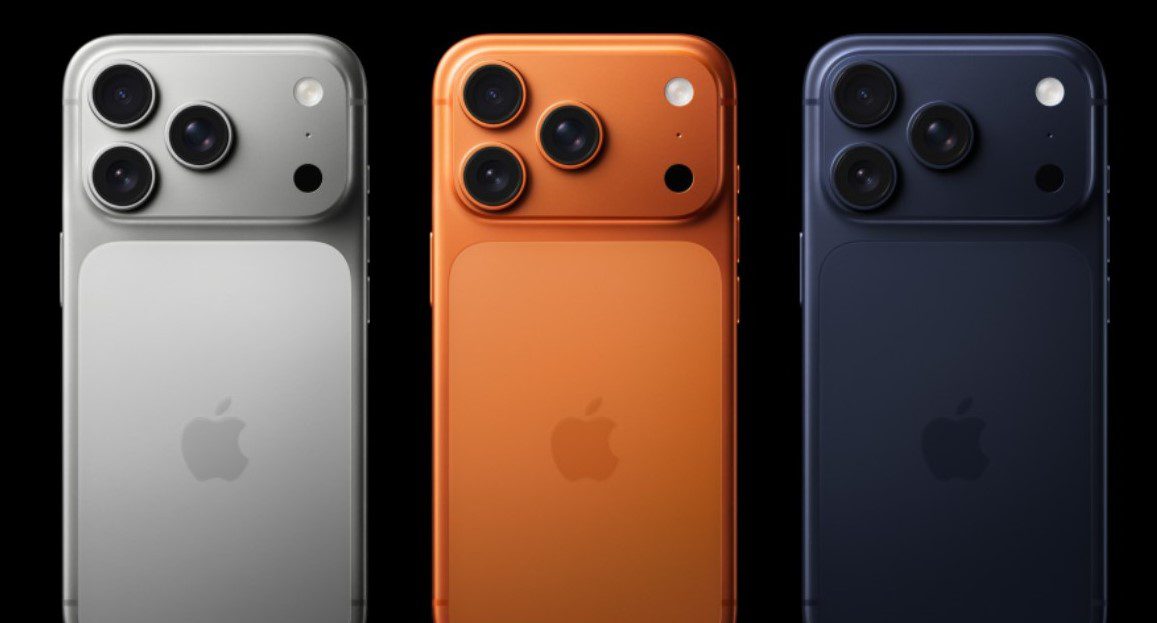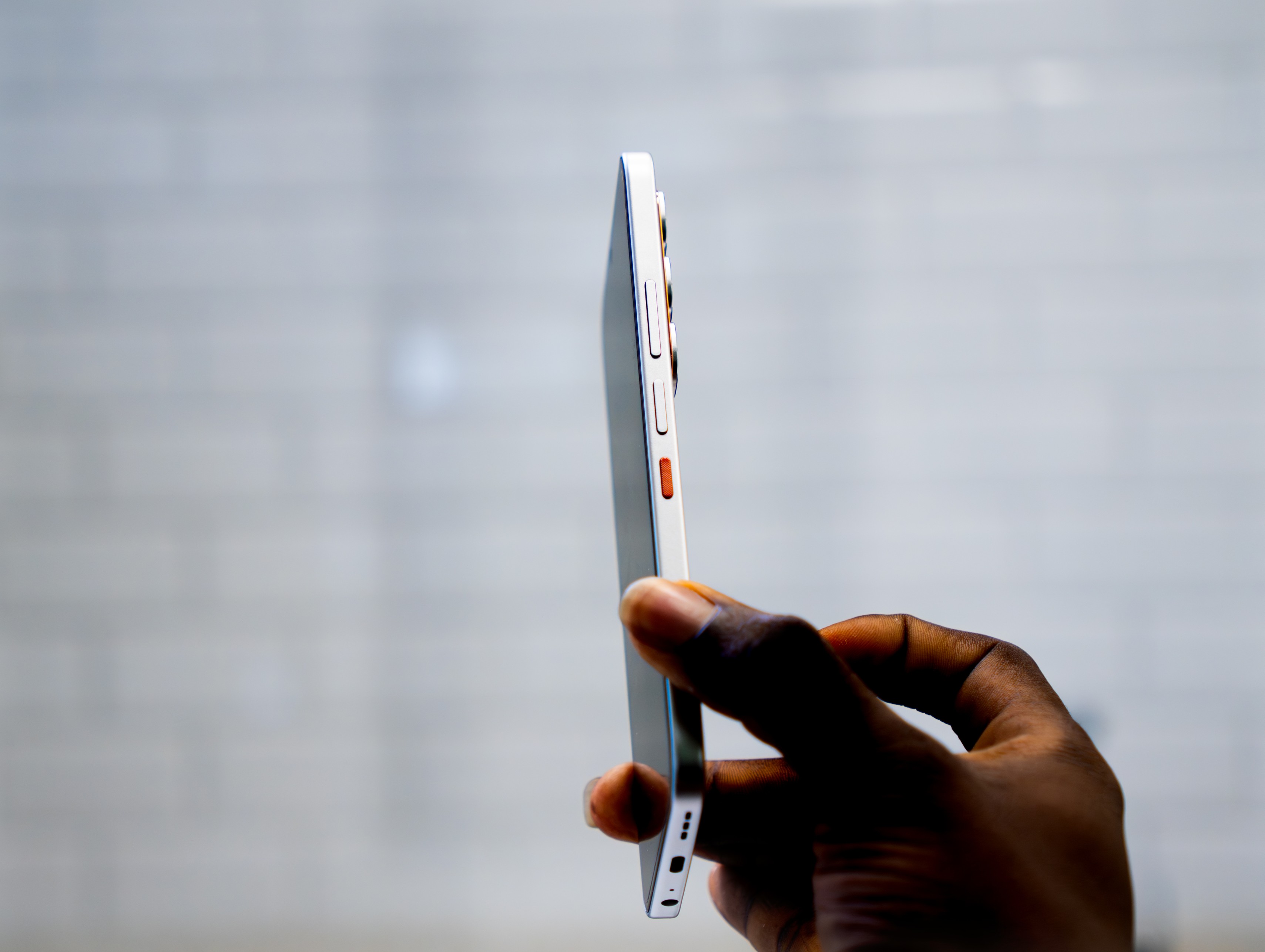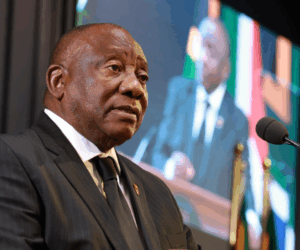Global smartphone shipments grew 2.6% year-on-year to 322.7 million units in the third quarter of 2025, according to data from the International Data Corporation (IDC). The modest rebound signals a fragile but improving recovery in the world’s largest consumer electronics segment, driven by renewed demand for premium and AI-powered devices.
The positive trend marks the second consecutive quarter of growth for an industry that has weathered over two years of volatility, squeezed between high inflation, tariffs, and uneven consumer sentiment. Yet this quarter’s results suggest that the smartphone’s long upgrade cycle may be turning a corner, at least at the high end.
Apple and Samsung lead the AI-driven resurgence
Apple and Samsung once again dominated the market, both notching record-breaking results that highlight how premium and foldable models have reignited consumer interest.

Apple shipped 58.6 million iPhones, its best-ever three-month total, reflecting nearly 3% growth over the previous quarter. Demand for the iPhone 16 series, launched in September with expanded on-device AI capabilities, proved particularly strong across North America, Western Europe, and parts of Asia.
Samsung, meanwhile, held onto its top position globally with 61.4 million units shipped, marking its strongest September-quarter performance on record. The Korean giant benefited from the success of its Galaxy Z Fold7 and Z Flip7, as well as continued traction for its Galaxy S24 Ultra, which introduced AI features such as live translation, generative editing, and semantic search earlier this year.
Both companies’ performance underscores how AI integration and design differentiation are shaping consumer purchase decisions in the recent smartphone cycle.
“Consumers are clearly responding to devices that promise tangible AI benefits, whether in imaging, communication, or productivity,” said a senior IDC analyst. “That’s where the next wave of growth lies.”
Quarter-on-quarter comparison
The 2.6% uptick in Q3 follows a 1% rise in Q2 2025, when shipments reached roughly 295 million units. That earlier period was dampened by tariff concerns and sluggish consumer demand, particularly in China and emerging markets.
By contrast, Q3 showed not only year-on-year improvement but also a strong quarter-to-quarter recovery, adding more than 27 million units sequentially, a roughly 9% increase.
While the rebound is welcome, analysts caution that it reflects a rebound from a low base rather than the onset of a full-scale boom. In comparison, Q3 2024 saw shipments of around 310 million units, up 5% year-on-year, meaning the pace of expansion has slowed even as total volumes have risen.


IDC, which earlier in 2025 slashed its full-year growth forecast from 2.3% to just 0.6%, continues to warn that global shipments remain vulnerable to tariff volatility and macroeconomic uncertainty.
What’s fuelling the growth?
The Q3 2025 recovery is anchored by three interlocking dynamics reshaping the smartphone industry:
1. AI as the new battleground: From Apple’s “Apple Intelligence” suite to Samsung’s “Galaxy AI”, device makers are aggressively marketing features that bring generative AI on-device — promising faster, more private, and more intuitive user experiences. This push has redefined upgrade incentives after years of incremental camera and design tweaks.
2. The rise of premium and foldable models: High-end and foldable devices continue to outperform mid-range offerings, with Samsung, Huawei, and Motorola leading the form factor charge. IDC data shows average selling prices (ASPs) are climbing globally, suggesting that consumers are willing to spend more for differentiation and longevity.
3. Trade-in and financing incentives: In mature markets, trade-in deals and instalment plans have cushioned the impact of inflation and rising device prices, helping drive replacement cycles among users who held onto their gadgets longer during the pandemic.
These factors, combined with improving component supply chains, have enabled vendors to stabilise margins while courting consumers who delayed upgrades over the past two years.
Despite the positive momentum, the global smartphone market’s recovery remains fragile. The mid-range and budget segments continue to struggle as inflation squeezes discretionary income, especially in emerging markets.
Moreover, competition is intensifying. Chinese vendors such as Xiaomi, Honor, among others are aggressively expanding outside China, particularly in Europe, Africa, and Latin America, using a blend of competitive pricing and AI-enabled imaging to claw back market share.


IDC analysts expect that the fourth quarter of 2025, traditionally the industry’s strongest due to holiday sales, will test whether this nascent growth is sustainable.
Much will depend on consumer response to new flagship launches, including Google’s Pixel 9 series and Huawei’s HarmonyOS-based devices, both of which emphasise on-device intelligence and ecosystem integration.
Still, the broader signal is clear, after years of downward spiral, the smartphone market is evolving once again. AI may be the catalyst that finally shortens upgrade cycles and revives global demand.
Although Q3 2025 did not bring a massive rebound, it did provide something possibly more important: stability. The figures indicate a maturing market that is learning to grow smarter, not just bigger.
Premium demand, AI integration, and hardware innovation demonstrate that smartphones are entering a new evolutionary era As Apple and Samsung keep raising the bar, competitors will need to respond not only with hardware, but also with intelligent experiences that redefine what a phone can do.
For the first time in years, the global smartphone market appears to be reinventing itself rather than stagnating, but the fourth quarter will provide a clearer picture.








